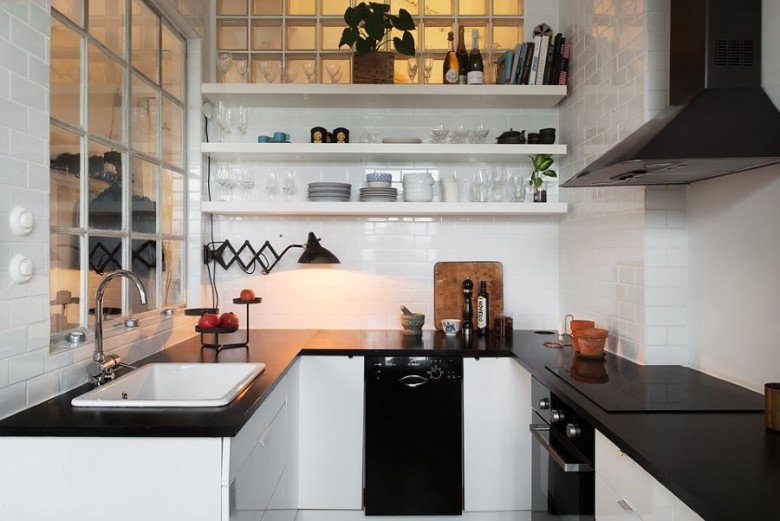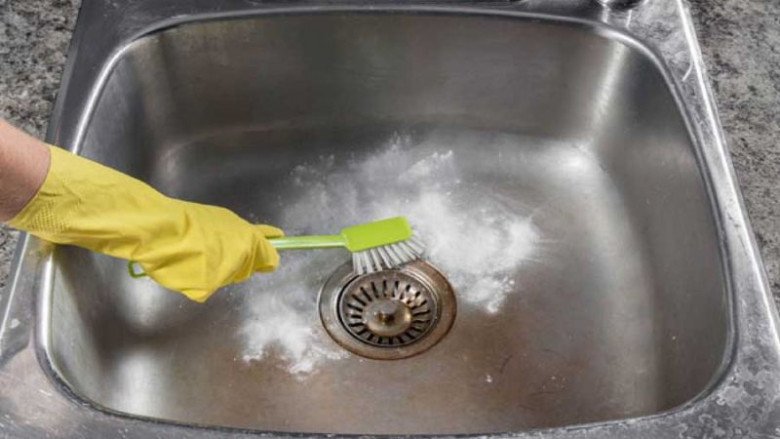I’m always in awe of my mother-in-law’s kitchen whenever I visit. It’s spotlessly clean and shiny, with everything neatly organized. Sometimes, I jokingly tell her that she must spend a lot of time cleaning the kitchen.
She smiles and says, “Keeping a kitchen clean and tidy isn’t difficult. Just remember these five steps, and cleaning won’t become a ‘nightmare,’ and it won’t take up too much of your time.”

1. Tidy Up Before Cooking
My mother-in-law believes that a messy kitchen can dampen one’s enthusiasm for cooking. I tend to agree. So, if the kitchen is in disarray, it’s best to clear away dirty dishes, and give the cooking area a quick wipe before starting to prepare a meal.
This initial tidying up makes cooking more enjoyable and post-cooking cleanup less daunting.
2. Clean as You Go
To save time and avoid feeling overwhelmed by the pile of dishes and mess created during cooking, it’s best to clean as you go.
For example, after washing and chopping vegetables, immediately throw away the vegetable peels and trimmings instead of leaving them on the counter. If the colander has some vegetable residue, give it a light tap to remove any remaining bits, then put it away instead of leaving it with the oily dishes to be washed later.
Similarly, if you’ve only used a knife and cutting board for vegetables, you can wash them right away. While waiting for the rice to cook or the soup to boil, you can also wash some of the dirty dishes.
3. Tidy Up Before Leaving the Kitchen
After cooking, it’s a good idea to give the kitchen another once-over before leaving. Specifically, wipe down the stove, countertops, and walls, as grease and stubborn stains can be difficult to remove if left for too long.
After washing the cooking utensils, clean the sink. Dispose of any food remnants in the drain, give the sink a good scrub, and then dry it with a towel. This will ensure your sink always looks shiny and new, and it won’t have any unpleasant odors.

4. Organize Kitchen Items Efficiently
Organizing kitchen items efficiently makes it easier to find and use cooking tools, dishes, and ingredients. It also saves space, making your kitchen look neater and more spacious.
When organizing your kitchen, try to divide items by zone. For example, allocate a cabinet for plates, bowls, and plastic containers. Use shelves or racks for cooking appliances and pots and pans. Under the sink, you can store cleaning supplies, and use boxes or containers to store food items.
5. Keep Kitchen Towels Clean and Dry
Kitchen towels can get dirty quickly. If you use a dirty towel, you may end up spreading more grime around the kitchen, making your cleaning efforts counterproductive.
It’s best to wash and dry kitchen towels after each use so they’re ready for the next cleaning session.



































